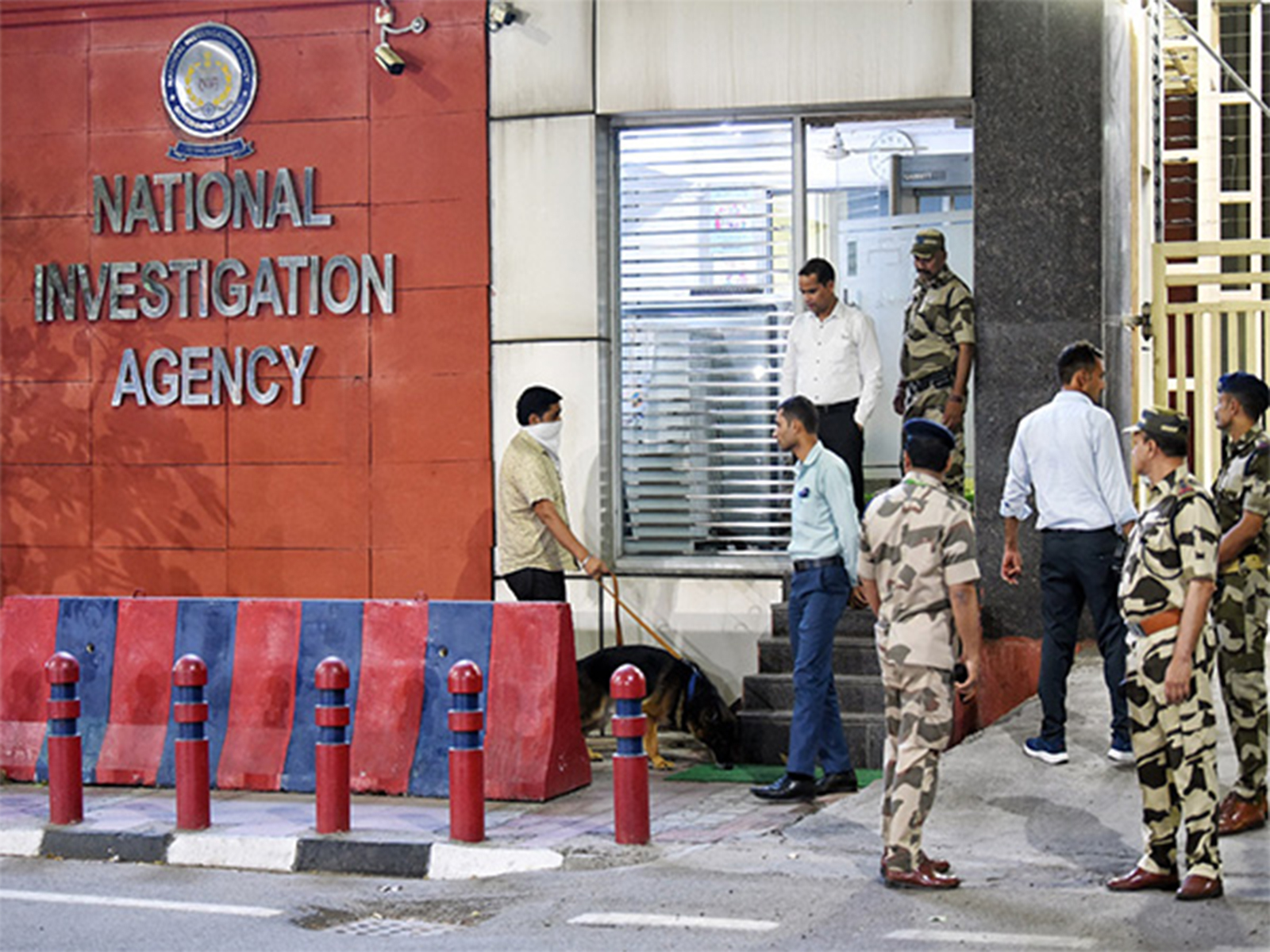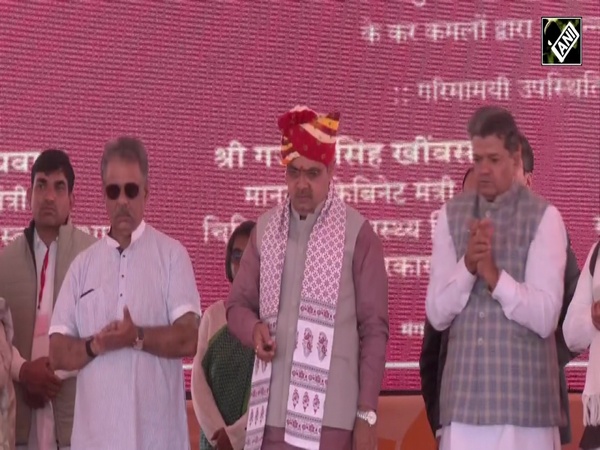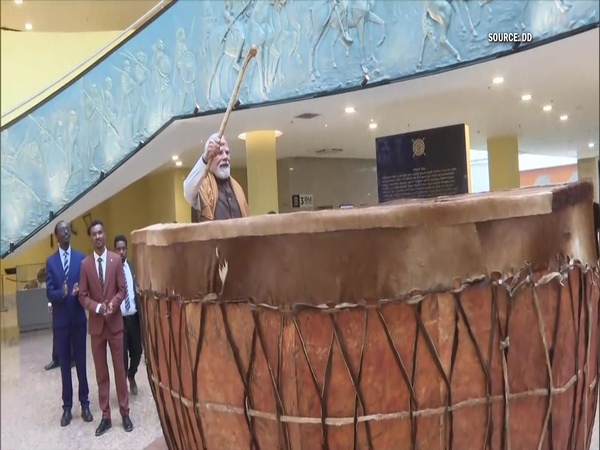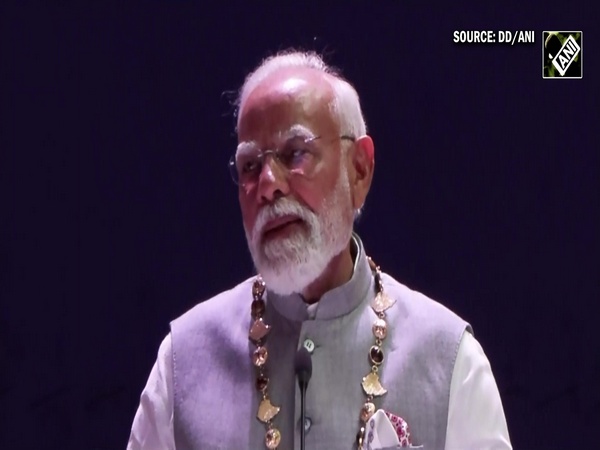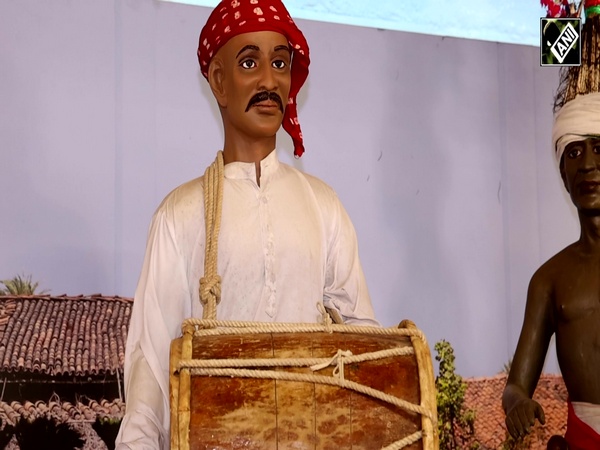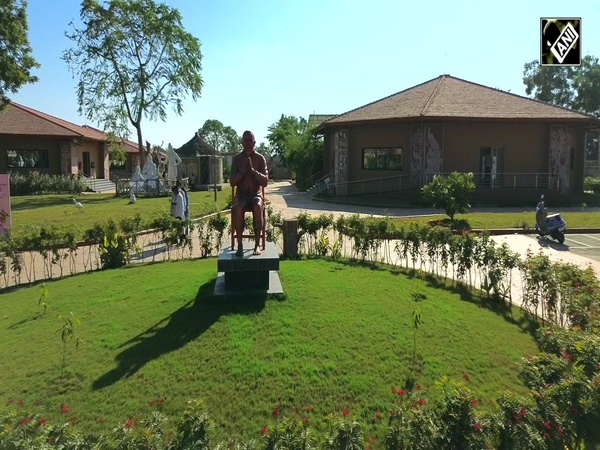Assam: Fifth Waterbird Census begins in Kaziranga Tiger Reserve
Jan 10, 2024

Golaghat (Assam) [India] January 10 : The 5th Waterbird Census and Kaziranga Bird Conservation Festival began in Kaziranga Tiger Reserve on Wednesday with the participation of hundreds of enumerators, students and volunteers.
In partnership with the Bombay Natural History Society (BNHS), local academic institutions and NGOs organised the 'Kaziranga Bird Conservation Festival' on January 9.
Sonali Ghosh, Director of Kaziranga National Park and Tiger Reserve, said that the bird census has started in 118 wetlands.
"Yesterday, Assam Forest Minister Chandra Mohan Patowary inaugurated the festival. Today we have targeted conducting a bird census in 118 wetlands, where students, bird experts, and forest frontline staff have participated. We hope that in the next 2-3 days the final figure will come out," Sonali Ghosh said.
These wetlands are in Golaghat, Nagaon, Biswanath, and Sonitpur districts. Around 300 people have engaged as enumerators. There is a 4-5-member team in each wetland and a bird expert leads the team. Many bird experts are coming from outside of Assam," Ghosh added.
On the other hand, Bibhuti Ranjan Gogoi, Range Officer of Kaziranga National Park, said that the 5th Waterbird Census has started in the Kaziranga National Park and Tiger Reserve.
"More than 200 volunteers have participated in this census. The census has started at 7 a.m. on Wednesday and we hope that the census will be completed today," Bibhuti Ranjan Gogoi said.
Kaziranga National Park and Tiger Reserve have conducted four consecutive waterbird surveys from 2018-2019 to 2021-2022, recording a large assemblage of both resident and migratory waterbirds.
Earlier, Sonali Ghosh, Director of Kaziranga National Park and Tiger Reserve, said that Kaziranga National Park and Tiger Reserve and its surroundings are rich in avian diversity, boasting 521 species, including 62 globally threatened and near-threatened species. The park is renowned for its significant waterbird populations, particularly the bar-headed goose (Anser indicus).
"Waterbirds contribute to the diversity of other organisms, act as bioindicators of ecological conditions, control pests, and serve as sentinels of potential disease outbreaks. Consequently, waterbirds are considered key indicators of wetland health, and the wetlands in the Kaziranga landscape provide essential feeding, resting, roosting, and foraging habitats for these charismatic species," Sonali Ghosh said.
A substantial portion of the Kaziranga landscape comprises water bodies and grasslands, recognised as one of the most important bird areas in India.
"From October to February, migratory birds traverse different flyways, and Kaziranga, along with the broader Assam area, falls under two major flyways, the Central Asian Flyway (CAF) and the East Asian-Australasian Flyway (EAAF). Most migratory waterbirds arrive from temperate regions of Eurasia, the Tibetan Plateau, Mongolia, Russia, Siberia, and Ladakh. Wagtails are among the first group of migratory birds to arrive in this landscape," Sonali Ghosh said.
Notably, many migratory waterbirds, such as the Bar-headed Goose, Greylag Goose, Ruddy Shelduck, Red-crested Pochard, Northern Lapwing, White Wagtail, Gadwall, Mallard, and Common Teal, have already been observed, along with some rare species like Baikal Teal, Greater White-fronted Goose, and Pied Avocet.
Complementing these transient visitors are resident treasures, including the Spot-billed Pelican, Greater Adjutant, Lesser Adjutant, Pallas's Fish Eagle, Black-necked Stork, Grey-headed Fish Eagle, Lesser Whistling Duck, Cotton Pygmy-goose, Oriental Darter, River Lapwing, Red-wattled Lapwing, and Bronzed-winged Jacana.
In the 2021-22 Waterbird Census, 42205 waterbirds were found in Kaziranga National Park and 24571 waterbirds were found in Laokhowa and Burachapori Wildlife Sanctuary.



